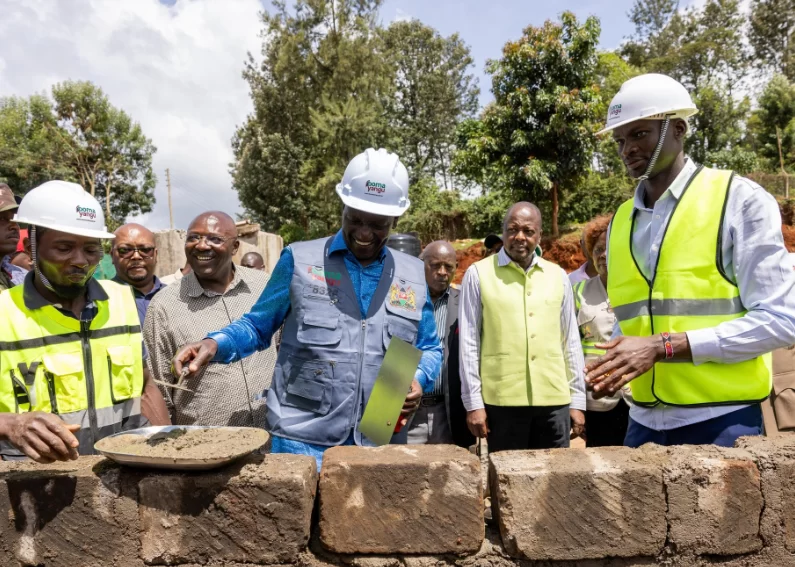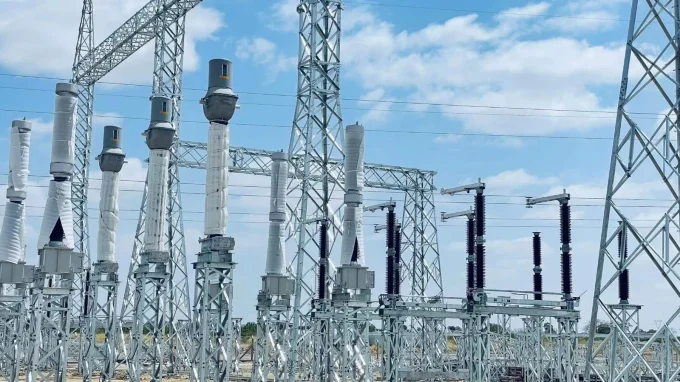With a booming population of 57 million, and an incredible 80% under the age of 35, Kenya is a nation defined by its youth. This reality check has in several instances been put into question, whether the government has matched the demographis with jobs, skills, and opportunity.
In 2023, Kenya’s labor force hit 25.5 million, with young adults aged 25–29 making up 3.4 million people.
The employment-to-population ratio sat at 63.4% in late 2022, while 69.1% of working-age Kenyans were either employed or actively looking for work. Although the numbers show a glimpse of hope, unemployment remains a sore spot, especially for youth.
Youth aged 20–24 faced a 15% unemployment rate, almost triple the national average of 5.6%. Even more alarming, nearly 15% of young Kenyans aged 15–34 are classified as NEET (Not in Education, Employment, or Training). These are the individuals falling through the cracks—and they’re far too many.
On top of that, Kenya’s job market is overwhelmingly informal. Out of 20 million employed Kenyans, 16.7 million are in the informal sector, compared to just 3.3 million in formal jobs. These include roadside vendors, boda boda riders, small-scale retailers—vital but often vulnerable.
What’ driving jobs in Kenya?
Here’s a list of sectors leading in proiding jobs for Kenyans;
1. The Informal Sector
The informal economy remains the biggest source of jobs, especially in wholesale and retail trade, hotels, and restaurants—employing over 9.3 million people. It’s the engine of survival for many, but it’s often unstable, underpaid, and lacks job security.
2. Agriculture
Still the backbone of rural employment, agriculture holds untapped potential. With the right investments, it could absorb even more youth and create vibrant value chains across counties.
3. Hospitality
Tourism and hospitality are on the rebound, with the sector seeing an impressive 21.5% quarterly GDP growth. That spells opportunity in food service, accommodation, travel, and beyond.
4. Manufacturing & Construction
These sectors are solid job creators but need more government support to scale sustainably. Infrastructure growth and industrial hubs could play a key role here.
What’s the Government Doing About It?
Under the Bottom-Up Economic Transformation Agenda (BETA), the Kenyan government is rolling out ambitious interventions to spark job growth.
The Fertilizer Subsidy Program has already distributed 7.4 million bags to farmers to reduce production costs, boost food security, and create more jobs in rural areas.
In September 2024, the government launched the Climate WorX Mtaani Initiative. Thousands of unemployed youth are now engaged in climate action work—earning Ksh500 a day for two-week shifts. The initiative is already scaling up nationally.
![Kenyans working under the Climate Worx programme [Photo/Climate Worx]](https://businesstoday.co.ke/wp-content/uploads/2025/03/Climate-Worx-3.png)
Challenges
Despite all the momentum, some tough challenges remain:
- Youth Unemployment: Still over 15% for 20–24-year-olds.
- Underemployment: Many young people are working—but in roles that don’t match their skills or pay them enough.
- Urban vs. Rural Gaps: Most formal jobs are clustered in cities, leaving rural communities stuck in informal or subsistence work.
- Gender Disparities: Young women face higher unemployment, less access to education, and social barriers that limit their career options.
Read: Insurance Company Announces 5,000 Jobs For Young Kenyans
>>> Inside Ruto’s Basket of Goodies For Mt Kenya













Leave a comment